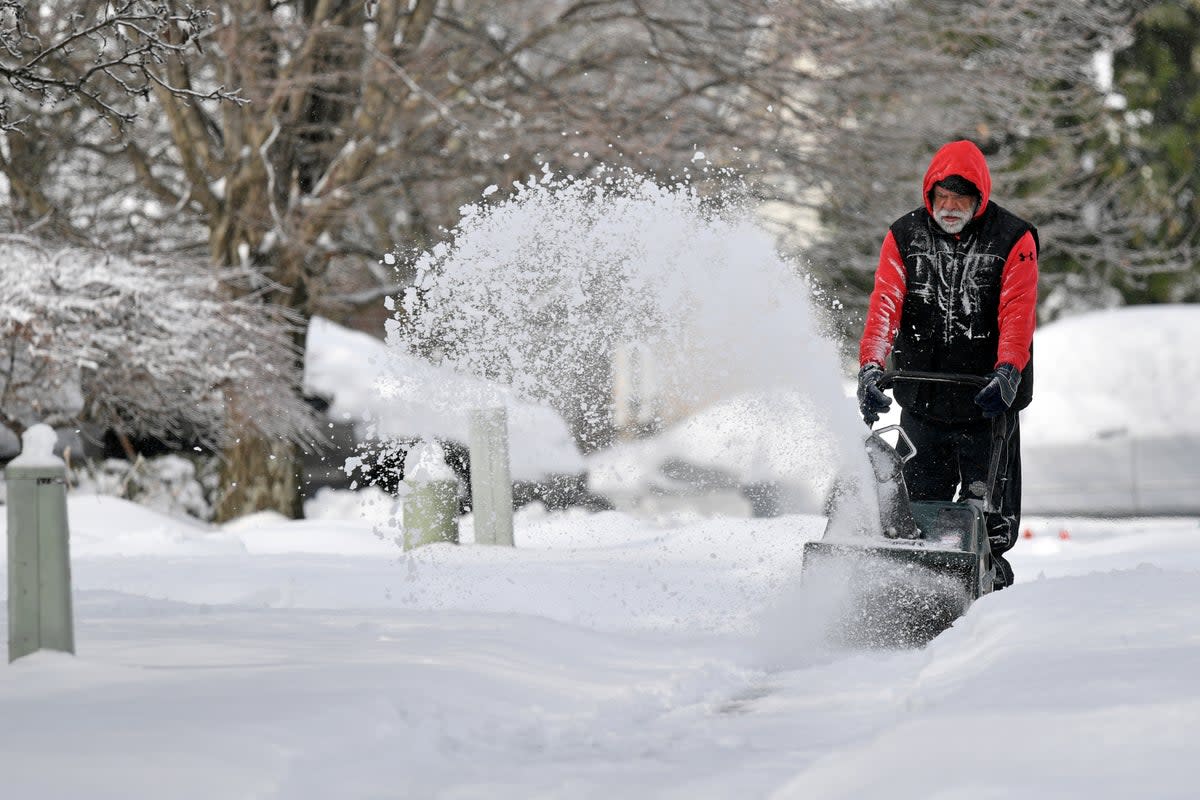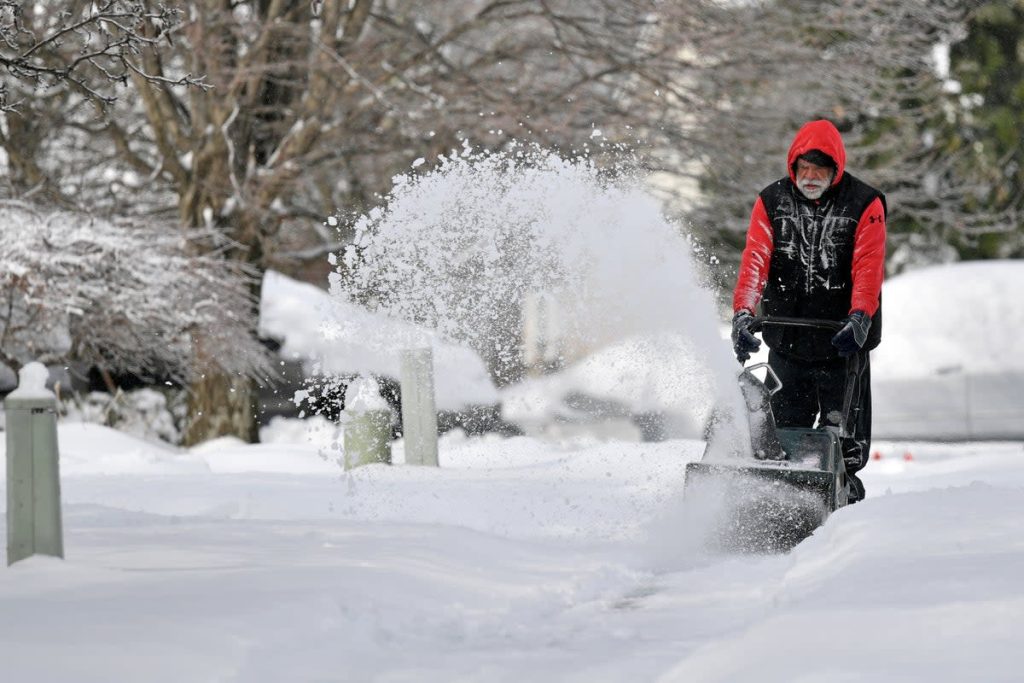A powerful wave of winter storms is making its way across the United States, bringing heavy snow, ice, and dangerously low temperatures to multiple regions. The National Weather Service has issued weather alerts and travel advisories as hazardous conditions develop from the West Coast to the Northeast.
Residents are urged to prepare for significant disruptions, including flight cancellations, dangerous road conditions, and potential power outages.
Storm Breakdown by Region
Midwest and Great Lakes
The Midwest is bracing for its biggest snowstorm of the season, with heavy snowfall expected in cities like Chicago, Kansas City, and Detroit. Some areas could see up to 6 inches of snow, with snowfall rates reaching one inch per hour at times.
With icy roads and poor visibility, travel conditions will be extremely dangerous across highways and interstates. Officials are urging motorists to avoid non-essential travel as crews work to clear the snow.
Northeast
The Northeast is under winter weather advisories, with a mix of snow, sleet, and freezing rain expected. Areas north of Albany, New York, could see up to 4 inches of snow along with dangerous ice accumulation.
Conditions are expected to improve by late Thursday, but another potentially stronger storm is already being monitored for the weekend.
West Coast
California is preparing for a major storm system, bringing strong winds, heavy rain, and snowfall to higher elevations. The Sierra Nevada could see significant snow accumulations, while coastal areas brace for winds up to 80 mph.
In Southern California, forecasters are warning of flooding and debris flows in burn scar areas, with heavy rainfall expected through Friday.
Impact on Travel

With snow and ice covering major roads, travel will be treacherous across affected regions. Airlines are already issuing flight cancellations and delays, particularly in the Midwest and Northeast.
Drivers are being urged to avoid unnecessary travel, as freezing temperatures could cause black ice and dangerous road conditions.
How to Stay Safe
Stay updated on local weather forecasts and advisories.
Avoid unnecessary travel—if you must drive, go slow and use extreme caution.
Stock up on essentials, including food, water, flashlights, and batteries in case of power outages.
Prepare for extreme cold, as wind chills could make temperatures feel even colder.
Check flight and transit schedules for any changes due to weather disruptions.
What’s Next?
Meteorologists are closely monitoring the storm patterns, and additional advisories may be issued in the coming days. If you’re in an affected area, stay indoors, stay warm, and prepare for worsening conditions before the weekend.
For the latest weather updates, visit the National Weather Service website or follow local news stations for real-time alerts.

